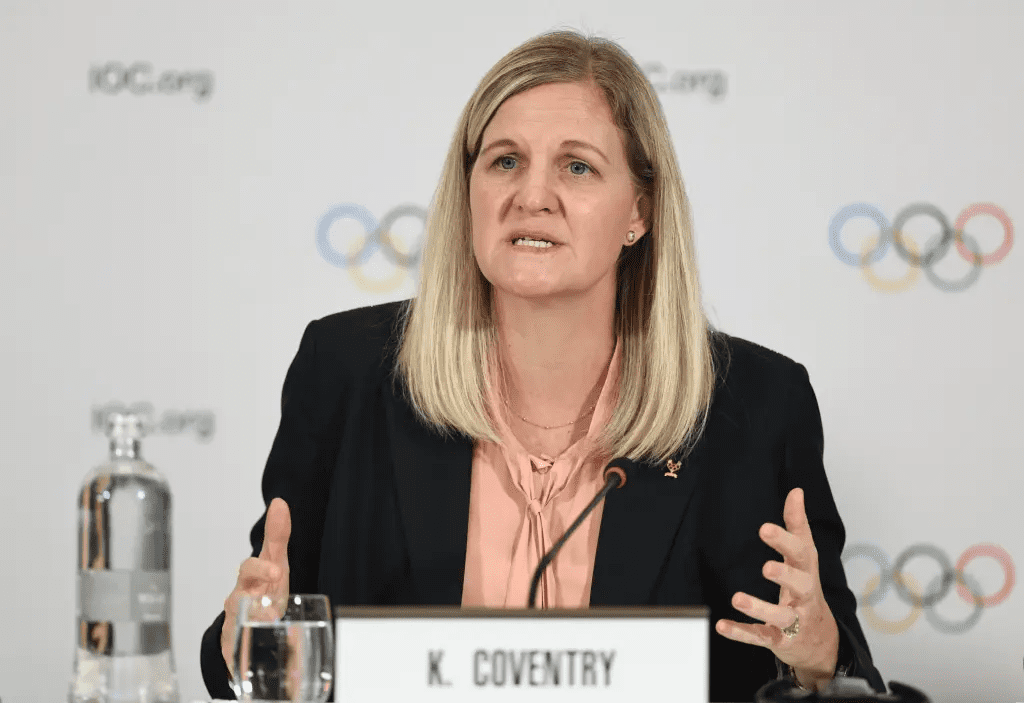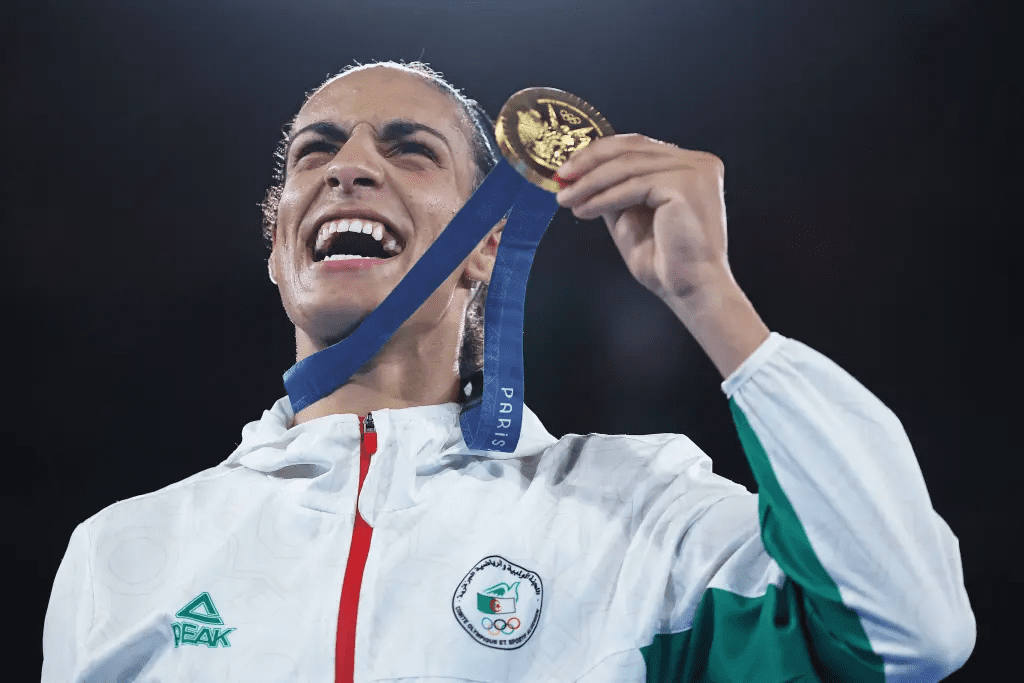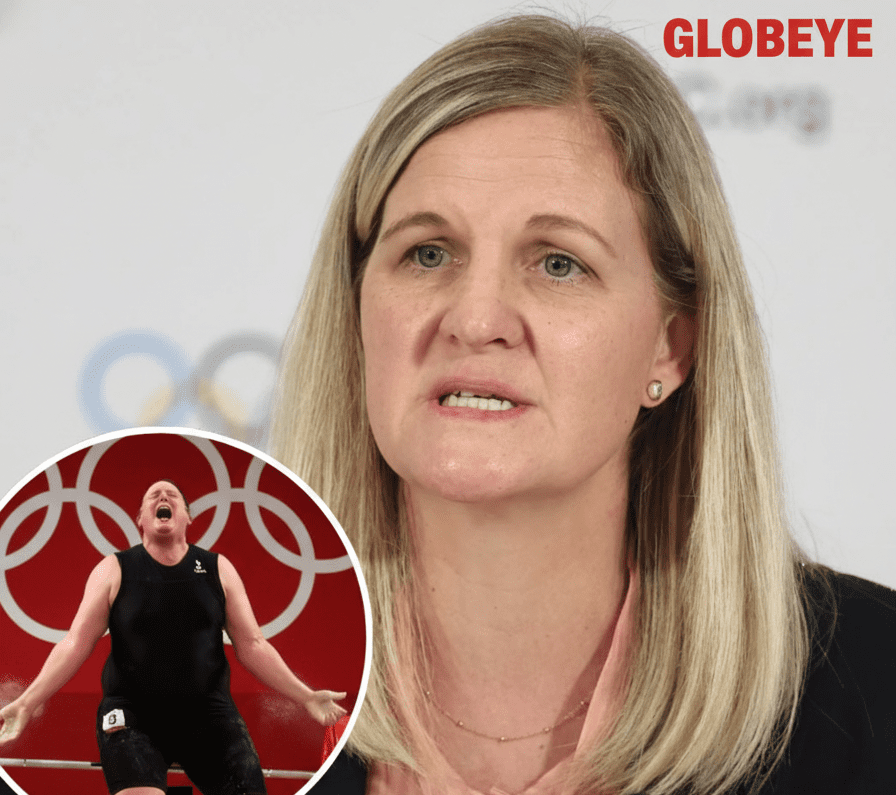BREAKING: The International Olympic Committee Prepares to Bar Transgender Women from Every Female Category — A Massive Shift for the 2028 Games
The world of elite sport is careening toward a defining moment. The International Olympic Committee, under the leadership of new president Kirsty Coventry, is reportedly on the verge of announcing a blanket ban on transgender women competing in female-only categories, a move that sources say could be formally adopted sometime in the next six to twelve months. Though the IOC itself has not officially confirmed a decision, insiders indicate a working group has received a scientific review outlining how athletes who underwent male puberty retain performance advantages, even after hormone treatment.
The timing is crucial. With the Los Angeles 2028 Olympics on the horizon, the Olympic governing body is seeking to settle this contentious issue once and for all. More than 100 national sports federations look to the IOC for unified rules, and many critics have argued that the gender-eligibility inconsistency undermines the fairness of women’s sport. Reuters and the Guardian both report that multiple federations are already moving to align with a potential change.

Coventry, a former Olympic swimmer, has declared that protecting the female category is a priority — stating publicly that the time has come for science-based standards and consistent global rules. Her appointment has been seen as a pivot point for the IOC’s approach, which until now has empowered individual sports federations to set their own eligibility criteria.
Among the key concerns prompting the shift: research showing that physiological advantages derived from male puberty—muscle mass, VO₂ capacity, bone structure—can persist even after testosterone suppression. The IOC’s medical chief reportedly presented this data to the membership, and according to Sky News, advocated a “blanket ban” for athletes who have undergone male puberty or have differences of sex development (DSD).
For athletes, organisers and spectators, the implications are profound. Transgender women who have competed, or hope to compete, in female events are now facing the possibility of exclusion. Some sports have already moved ahead: the U.S. Olympic & Paralympic Committee (USOPC) quietly implemented a policy banning transgender women from competing in women’s sports earlier this year in direct alignment with U.S. executive orders.
Supporters of the proposed IOC ban argue it restores fairness to women’s sport, which they say has been compromised by mixed categories and inconsistent rules. They point to cases like former weightlifter Laurel Hubbard whose participation created fierce debate over inclusion, competitive equity and public trust in women’s competition.

On the other side, civil rights groups and LGBTQ+ advocates warn that a blanket ban could erase hard-won access for transgender athletes and send a chilling message about belonging and community. They argue that individual rights and inclusion must be balanced against fairness—but that excluding an entire class of competitors is neither nuanced nor just.
The IOC maintains no formal decision has yet been taken, emphasising that the working group is still gathering input and that specific rules will differ by sport. During a press statement, a spokesman said updates will follow “in due course,” underscoring the sensitivity and complexity of the issue.
What happens next will be closely watched. Many sports federations must decide their eligibility systems before major events. If the IOC drives a uniform ban, rule books will need rewriting, qualifying standards recalculated, and athlete pathways clarified. For trans athletes already in competition, the policy horizon is now filled with uncertainty.

Beyond the athletes, the ripple effects will extend to media narratives, sponsorship deals and national Olympic organisations. The debate touches on identity, fairness, gender and the meaning of elite competition. Some countries may adopt stricter national rules ahead of the IOC decision, creating a patchwork of eligibility and legal complexity across the globe.
For women’s sport itself, this could be a watershed moment. Will the category remain strictly aligned to biological sex at birth, or will case-by-case inclusion continue? The answer may define the next era of Olympic competition. For now, the world is waiting on the IOC’s next move—and with it, the future of women’s sport.



